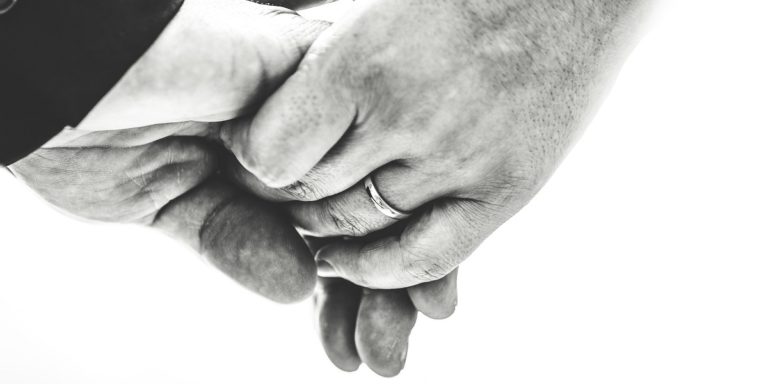
W.E.B. for winter mental health management, part 1
Links in some blog posts may earn a commission for The Brain Cleanup Coach.
First, a refresher on W.E.B.
You have a network in your body that encompasses the actual physical components, the energetic components, and even what you might call the ethereal, or spiritual components.
Not all of this can be distilled down into words, but that’s another conversation. For what we can explain though, WEB is a tool to help you create self understanding. Here’s what WEB stands for:
- Words
- Emotions
- Behavior
These three things are woven together inside of you, linked to create what you know as your identity, and how you operate in this world in order to stay alive, connect, nurture and justify yourself, and simply to get by.
Words are how you explain what is happening, and how you explain yourself. Language allows you to tell me and the rest of the world what thoughts arise in your mind, what emotions you feel in your body, and why you do what you do. The fact that you and I can use words to communicate is why we have the complex social networks that we do.
Emotions are the chemicals created in response to the neurons firing off in your nervous system, which you may or may not be able to explain with words. Usually we can come up with some sort of explanation if we really listen to the thoughts being created in our minds. Those thoughts are communicated to the body through what we call emotions.
Behavior is the action your body takes in response to the aforementioned thoughts and emotions. This happens over and over again, animating you. Your mind and body is a machine full of sensors and switches. WEB is a way to break the thousands of patterns in your WEB down to a singular, identifiable part of the WEB.
So why use WEB to self audit? So you can monitor and adjust the machine so it works better and hopefully contributes toward a better life experience for you.
Winter Emotional Health
So let’s think about applying the WEB tool to mental health during the winter months. Now when I say winter, I’m actually including late fall in there, when the days are shorter, darker, and colder.
As these months progress, you might notice your state of being becoming a little more negative. Whether it’s just feeling more tired, feeling stressed with the holidays, pining for the return of spring… whatever it is, this change is partly happening due to biological cues to slow down, but can also be profoundly effected by the habitual thinking your brain has encoded in response to the winter months. Thoughts like:
- It’s going to be long
- It’s going to be cold
- I can’t wait for spring
- I don’t feel good
- This sucks
- I’m so tired
I know many of these might seem like objective facts, but they are also forms of the brain complaining. How you perceive the length of winter is totally subjective depending on the activities of your winter. Same with the temperature. And self care and honoring the natural seasons of your body can help soften your judgment about not feeling good.
Let’s take a look at common emotions created from these thoughts:
- It’s going to be long – impatient, hopeless, uneasy
- It’s going to be cold – helpless, judgmental
- I can’t wait for spring – if thought in a negative way, impatient, distracted
- I don’t feel good – helpless, angry , depressed, hopeless
- This sucks – helpless, blaming, angry, abandoned
- I’m so tired – helpless, depressed
Reading through those, I’m sure you can easily identify the behaviors, or actions, that would occur for you when feeling the emotions described above. Doesn’t make for a very pleasant winter season, does it?
Now you might be thinking “This is just who I am in the winter. This is just what happens to me. It’s the same every year.” I would argue it’s the same every year because it is a patterned response. It may not be fun, but it’s your brains patterned way of getting you through. But what if you could disrupt, or even change the pattern?
Challenging yourself to new thought
I want you to take several seconds and allow your brain to chew on this thought, and I want you to observe as a scientist would your brain’s and body’s reaction to it:
This winter I am going to see four different mountain ranges.
What is happening in your mind and body right now as you think that thought? What pictures are popping into your head? What sentences are arising in response to that one sentence I just fed to you? As these thoughts are arising, what emotions are being used to transmit these thoughts to your body.
The reaction might be strong in a positive or negative way, or it might be subtle. Either way, the point here is to experiment with the machine and pick up on the WEBs being called to use in order to digest the thought.
This winter I am going to see four different mountain ranges.
Pay attention to what is happening. And no, I’m not trying to convince you to go see some mountains this winter. This is simply a thought experiment to demonstrate to you how your thoughts, emotions, and actions all tie in together.
So how can WEB be successfully used to manage winter mental health for the better? Stay tuned for part 2 of this particular series for tips on how to go about it.
If you enjoyed this article you might also like:
- HOW TO CLEAN UP YOUR BRAIN, PART 1
- HOW TO CLEAN UP YOUR BRAIN, PART 2
- HOW TO CLEAN UP YOUR BRAIN, PART 3
- HOW TO CLEAN UP YOUR BRAIN, PART 4
- HOW TO CLEAN UP YOUR BRAIN, PART 5
Photo by Cristina Munteanu on Unsplash




